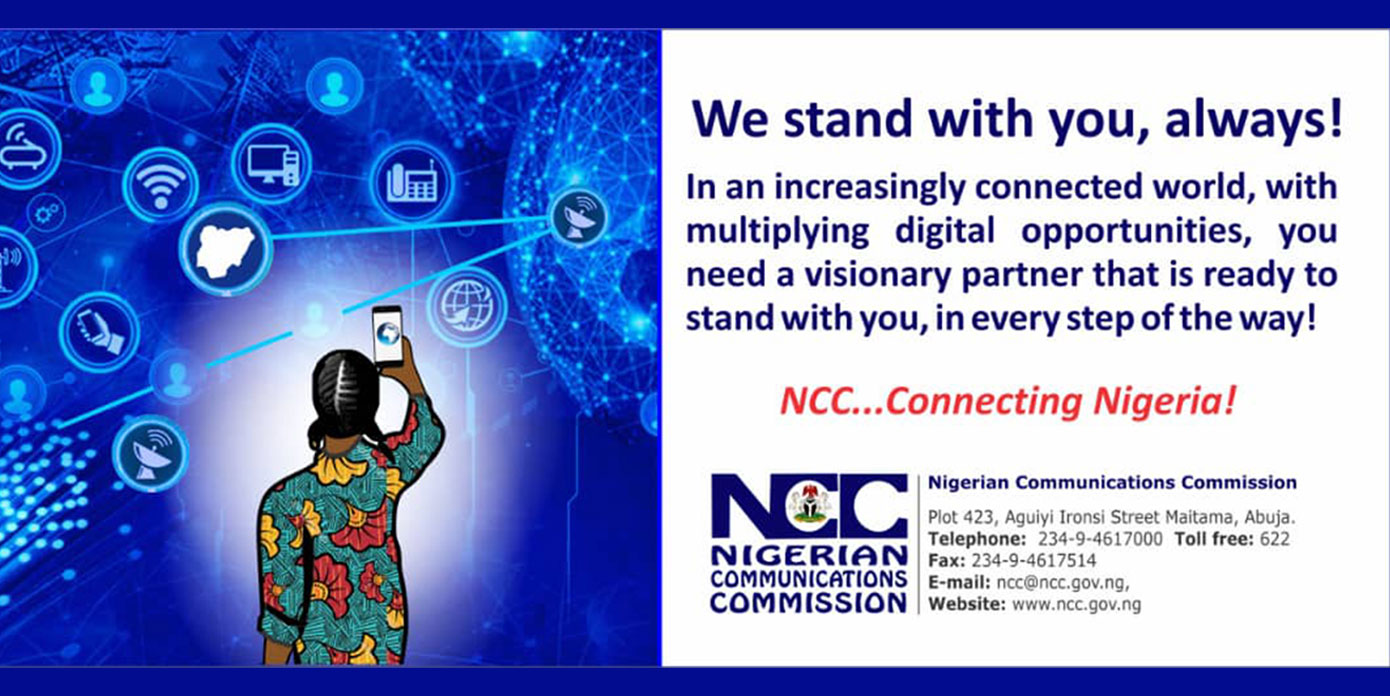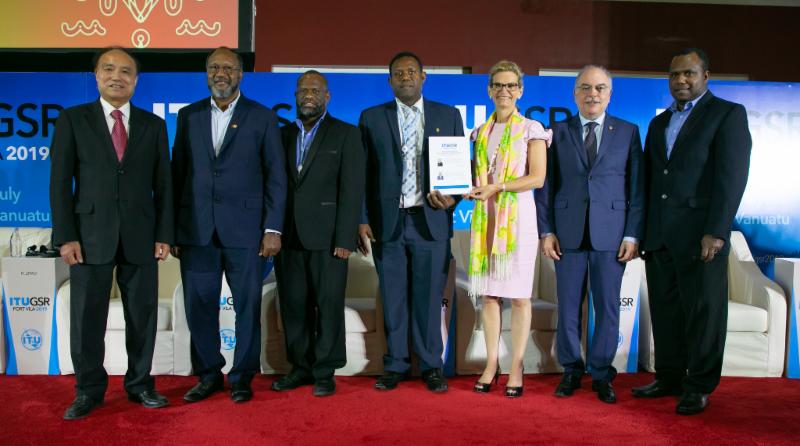The International Telecommunication Union (ITU) has identified and endorsed a set of new regulatory Best Practice Guidelines to fast forward digital connectivity and allow people everywhere to benefit from digital transformation and participate in today’s digital economy.
ITU is of the opinion that if the new sets of regulatory guidelines were implemented they would unlock the full potential of digital technologies and accelerate progress towards the United Nations Sustainable Development Goals (SDGs).
The Guidelines emphasize the need for a more actionable, collaborative, and innovative outcome-based approach to regulation. They urge regulators and all stakeholders to be open to new regulatory tools and solutions and act now.
The new set of regulatory practices and innovative approaches were agreed on at a meeting of Regulators from around the world who gathered in Port Vila, Vanuatu, from 9 to 12 July.
Secretary-General Houlin Zhao. “As regulators everywhere are faced with new technologies and new business and investment models, the GSR-19 Best Practice Guidelines show how critical collaborative regulation is to achieving the SDGs and delivering on the promise of the digital economy, including for the 3.7 billion people who are still not using the Internet.”
“The regulatory landscape of digital markets is fast-moving and extremely complex. There is still much work to be done, and regulators across all sectors must rise to the challenge of connecting the other half of world’s population,” said Mr Brian Winji, Chairman of GSR-19 and Telecommunications, Radiocommunications and Broadcasting Regulator of the Republic of Vanuatu.
Winji said the new approach adopted are an invaluable tool that enables regulators to address the challenges ahead and navigate through rapidly evolving technologies, business models and market structures that are affecting economies, society and people around the world.
Doreen Bogdan-Martin, Director of the ITU Telecommunication Development Bureau added that “ICTs are at the heart of efforts to attain the 17 UN Sustainable Development Goals, and accessible, affordable ICT infrastructure is the pre-condition of every nation’s ongoing socio-economic development. Based on the contributions of regulators from all regions, and adopted by consensus, the new guidelines will light the way towards achieving inclusive digital connectivity globally.”
The Global Symposium for Regulators (GSR) 2019 document that contained the guideline and practices noted that ”If we are set to achieve the UN Sustainable Development Goals (SDGs) in our societies by 2030, we need to be open to new regulatory tools and solutions and act now.
Digital connectivity can provide the canvas for achieving SDGs across the board and the transformative impact of digitalization will underpin progress on various development paths, the document said.
It added that technology paradigms and business models challenge existing regulatory patterns and frameworks; from the imminent entry in markets of 5G and the Internet of Things, to the profusion of cloud services and artificial intelligence, regulatory response requires a new perspective.
“In the increasingly complex and dynamic digital transformation, it is important to agree on common principles and put forward clear and simple rules–and follow them forward.
“We, the regulators participating in the 2019 Global Symposium for Regulators, recognize that there is no single, comprehensive blueprint for best practice and that regulatory patterns for the digital transformation will be rooted in local circumstances while addressing regional and global challenges”, the document stated.










